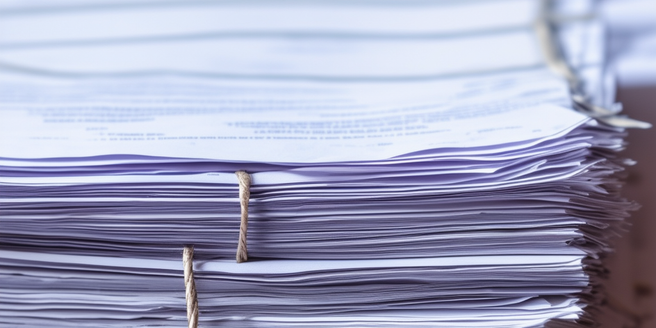
Understanding the Basics of Interference Tort Cases
Interference tort cases occur when an individual or entity purposely disrupts another’s contractual agreements or business relationships, often using underhanded tactics that result in substantial damage. These cases encompass a variety of complex legal scenarios, revolving around nuanced contractual obligations, elaborate business relationships and intricate twists and turns of law, making them difficult to navigate.
A major challenge in these cases is proving the actual act of interference, which given their complex nature, demands meticulous investigation and substantial evidence. Thus, it’s vital to present compelling evidence that breaks down event sequences, pinpoints exact interference instances, and clearly shows the significant harm caused, even though it can be a tough task. This is crucial to achieving justice in these convoluted interference tort cases.
Impact of Recent Court Decisions on Interference Torts
Recent judicial rulings have shown a trend towards acknowledging a wider spectrum of interference in alleged cases, including more subtly unfair activities, which were often previously dismissed. This change in courts’ standpoints has significantly transformed how the legal industry perceives and debates about interference torts. This trend signifies a shift in legal perspectives, showing an openness to delve into the complexities surrounding interference tort cases, beyond straightforward forms. This has stirred significant discussion within the legal world, prompting professionals to re-examine their handling of such cases. These recent decisions are gradually reshaping the foundation of how the industry approaches interference torts, not just acknowledging varied forms, but also reimagining their treatment in proceedings, thereby altering traditional paradigms.
Trends in Interference Tort Case Settlements
Recently, settlements have notably increased in monetary terms as courts no longer assign minimal sums. This significant shift is a counteractive response against the rising ill-intentioned interference strategies impacting the judicial system, which influences the calculation and size of these settlements. The growing trend reflects the evolution of case law to accommodate and actively counteract these cases by imposing more substantial financial responsibilities on the perpetrators.
It’s more than a simple reaction; it sends a decisive message about the severity of these offenses and the importance of legality. This approach reveals an increasing intolerance towards disruptive, manipulative strategies that victimize innocent individuals or groups.
The larger settlements not only provide adequate restitution for victims but also serve a coercive and deterrent purpose, discouraging potential offenders from engaging in illicit activities. The advancement in case law is a practical demonstration of how the judiciary is adapting to the changing dynamics of violations, ensuring justice remains impartial and fair.
Challenges Faced in Interference Tort Case Settlements
Establishing the cause and connecting it to the effect of an alleged disturbance is often an immense task. Investigators frequently struggle with proving such matters since backing up arguments with convincing proof can be challenging. Key evidence might be hard to come by, concealed, misplaced, or poorly documented, making the situation more complex.
Negotiation processes to settle these disputes are similar to navigating a minefield full of unforeseen or underestimated hurdles, where a wrong step can jeopardize the entire case. Moreover, these intricate negotiations involve careful navigation through complex legal terrains filled with statutes, court precedents, and regulations. This convolution, heightened by in-depth legal jargon, requires expert handling.
Predicting the Future of Interference Tort Law
The legal field —specifically, the area of tort law addressing interference — is anticipated to undergo further development in order to keep abreast with the intricate nature of the business realm. With an increasingly complex business environment comes a growing need for more comprehensive, adaptive laws. As a result, we may expect to observe the evolution of interference tort law as it meets these demands. Subsequently, it’s anticipated that more stringent legislation to manage and regulate these specific actions could be imminent as the business world continues to develop.
There is indeed an increasing push—an escalating demand, if you will— that seeks repercussions that will adequately mirror the severity of the committed transgressions. This considerable emphasis on ensuring penalties align with the offense’s gravity is a testament to altering perspectives on accountability in the business sphere. This growing consensus calls for measures that not only punish but also discourage improper conduct, thus fostering an environment of fairness and integrity. Just as the business sphere continues to grow in complexity and scope, so too should the legal provisions that guide its operation and monitor activities within it, with interference tort law chief among these evolving instruments.
